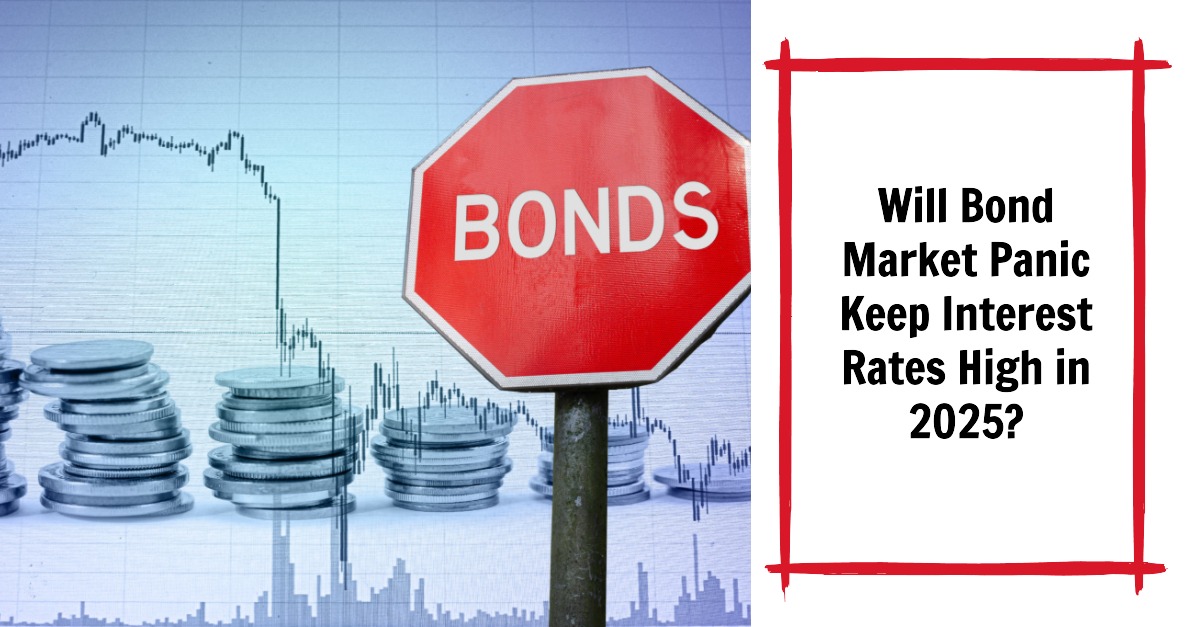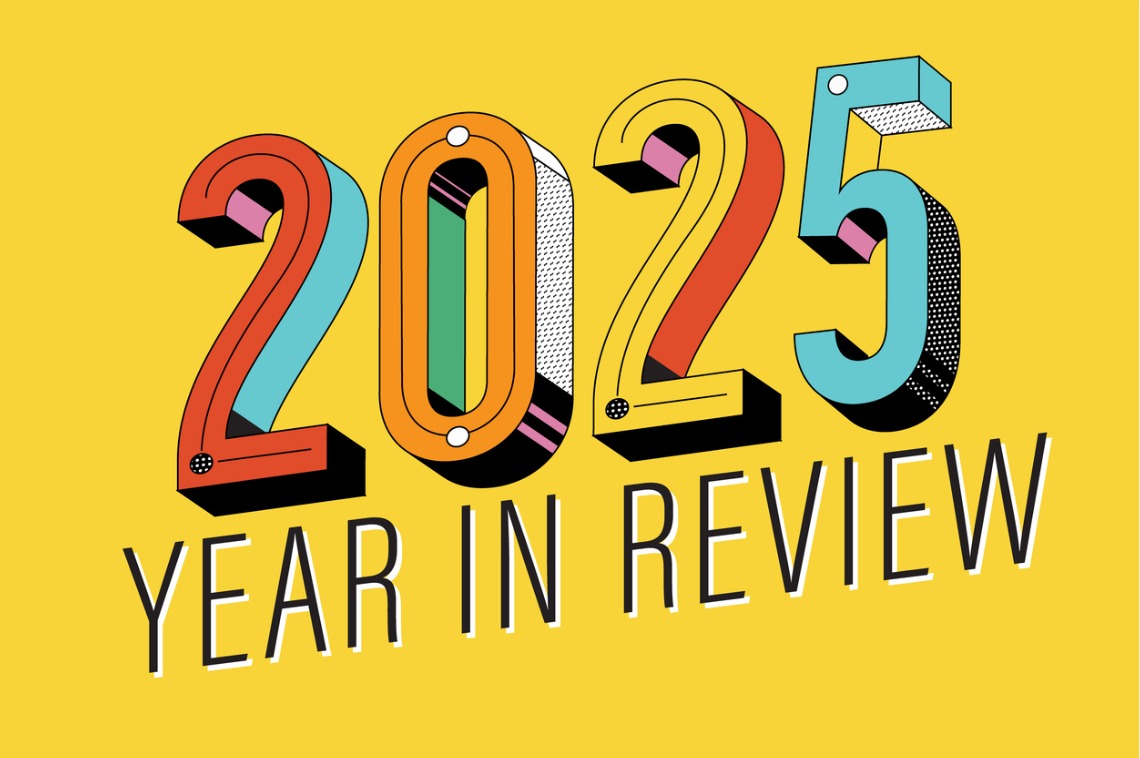T
he recent turmoil in the bond market has left many wondering about the future of interest rates. As of May 12, 2025, the 10-year U.S. Treasury yield stood at a notable 4.382%, signaling a period of stress in this critical sector of the global financial system. The big question on everyone's mind is whether this bond market panic will keep rates high.
To understand what's happening now and what might happen next, it's essential to grasp some fundamental concepts about the bond market. Think of bonds as essentially IOUs issued by governments or companies to borrow money. Investors who buy them are lending money and receive periodic interest payments, known as coupons, and the original amount lent back when the bond matures.
Bond prices and yields move in opposite directions. When a lot of people want to sell bonds, the price goes down, causing the yield – the actual return an investor gets – to go up. The 10-Year U.S. Treasury yield is a benchmark for many other interest rates in the economy, including mortgage rates, corporate loan rates, and government borrowing costs.
The current bond market turmoil has been caused by a combination of factors, including trade tensions between the U.S. and China, debt ceiling concerns, and Federal Reserve policy expectations. Trade tensions have led to increased uncertainty, causing investors to become more cautious and sell off bonds, even U.S. Treasuries. This selling pressure pushes bond prices down and yields up.
Debt ceiling concerns have also contributed to the market's unease, as a limited supply of new Treasury bonds being issued can lead to higher yields due to increased demand for existing bonds. The Federal Reserve's policy expectations are another key factor, with investors worried that if inflation doesn't cool down or if the economy stays strong, the Fed might not cut rates as much or as quickly as some hope.
The bond market's ups and downs have a real effect on interest rates we see in our daily lives, including mortgage rates, consumer and business loans, and economic growth. Higher interest rates can act like a brake on the economy, making borrowing more expensive for individuals and businesses.
Whether this bond market panic will lead to sustained high rates is still uncertain. Several key factors will influence future rates, including trade agreements, debt ceiling resolutions, Fed rate cuts, global slowdowns, and persistent inflation. Experts are divided, with some optimists believing that once trade issues calm down and the debt ceiling is sorted, we'll see investor confidence bounce back, leading to lower yields and interest rates.
Personally, I think the recent behavior of the bond market suggests that investors are bracing for a scenario where rates might stay higher for a bit longer than initially anticipated. However, I don't necessarily see this as meaning rates will stay at these exact levels forever. Instead, it feels like the market is adjusting to a new reality where uncertainty is just a bigger part of the equation.
In conclusion, the recent bond market panic has played a role in pushing Treasury yields higher, and this affects interest rates throughout the economy. However, whether this panic will lead to sustained high rates is still up in the air. If we see positive developments like trade resolutions and debt ceiling handling, there's a good chance that bond yields could stabilize or even decline, leading to lower interest rates.













